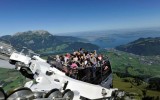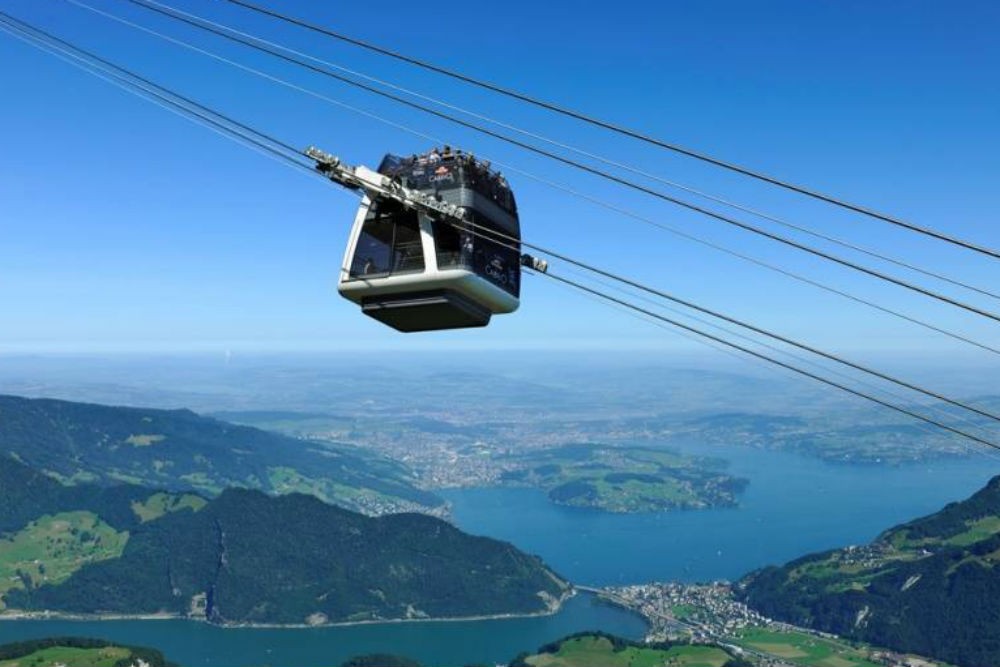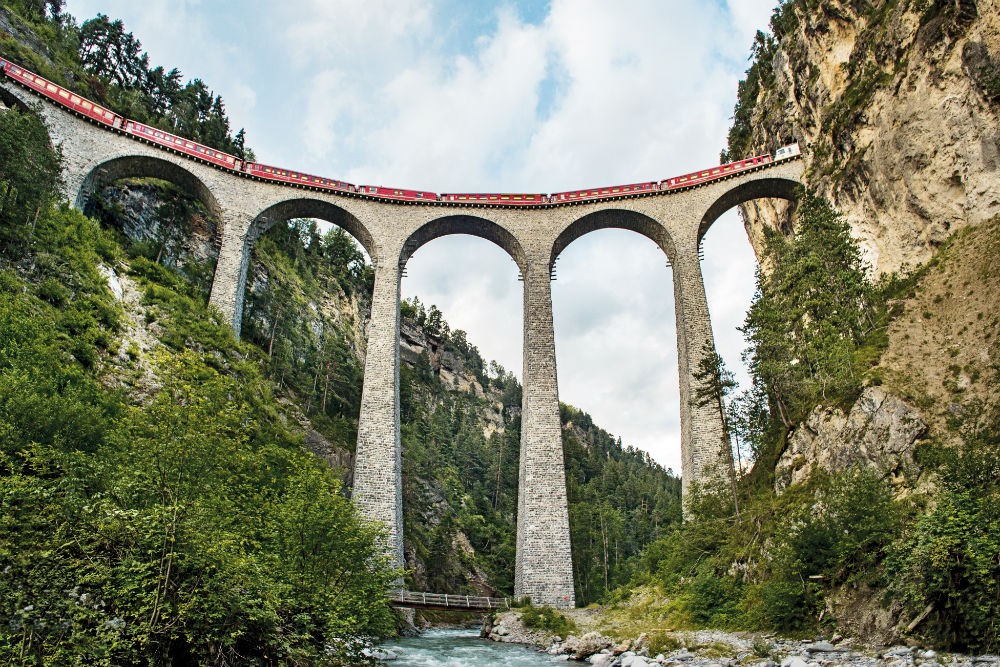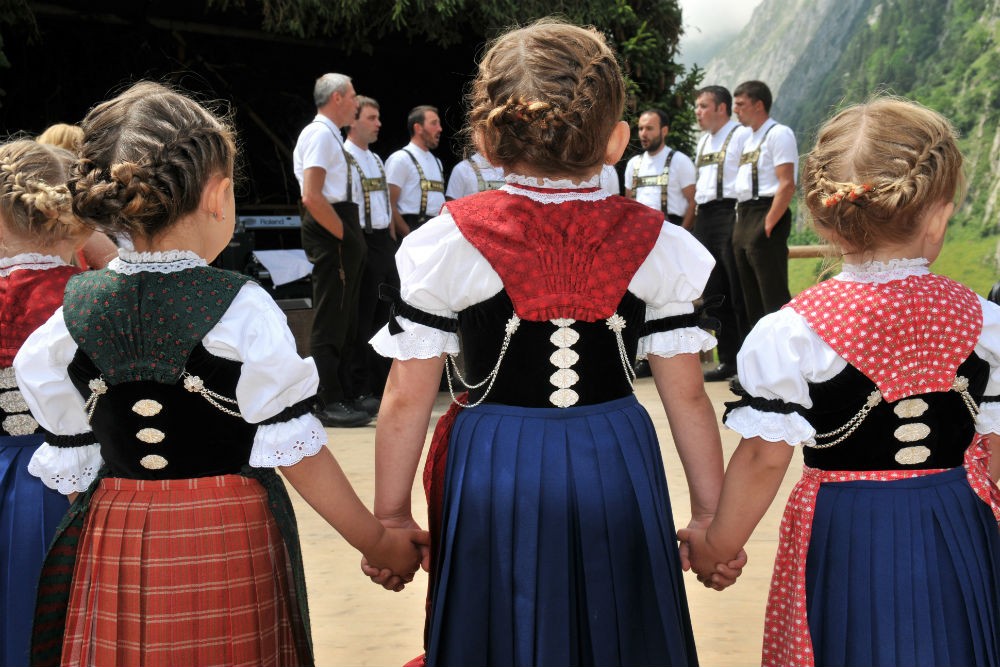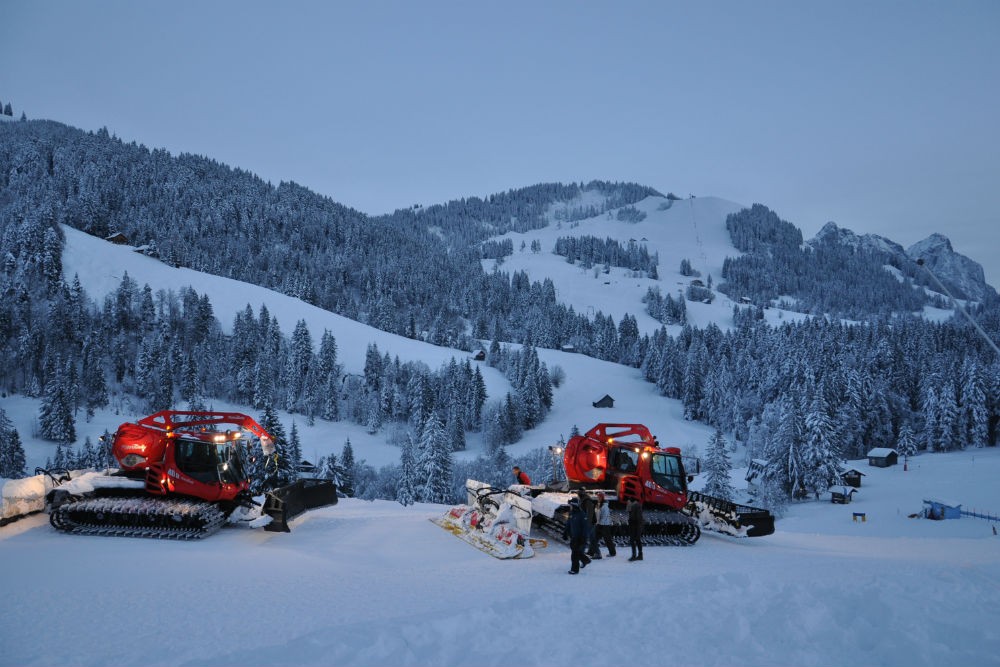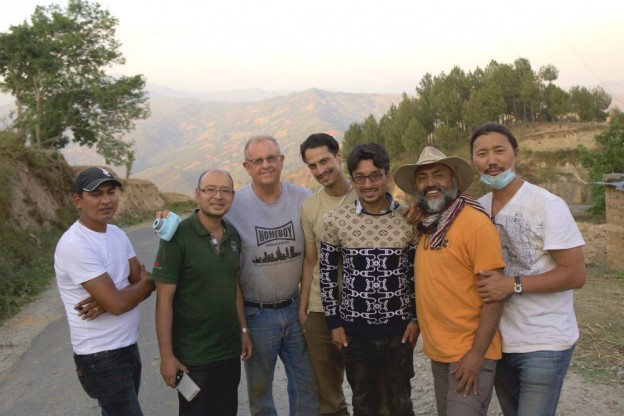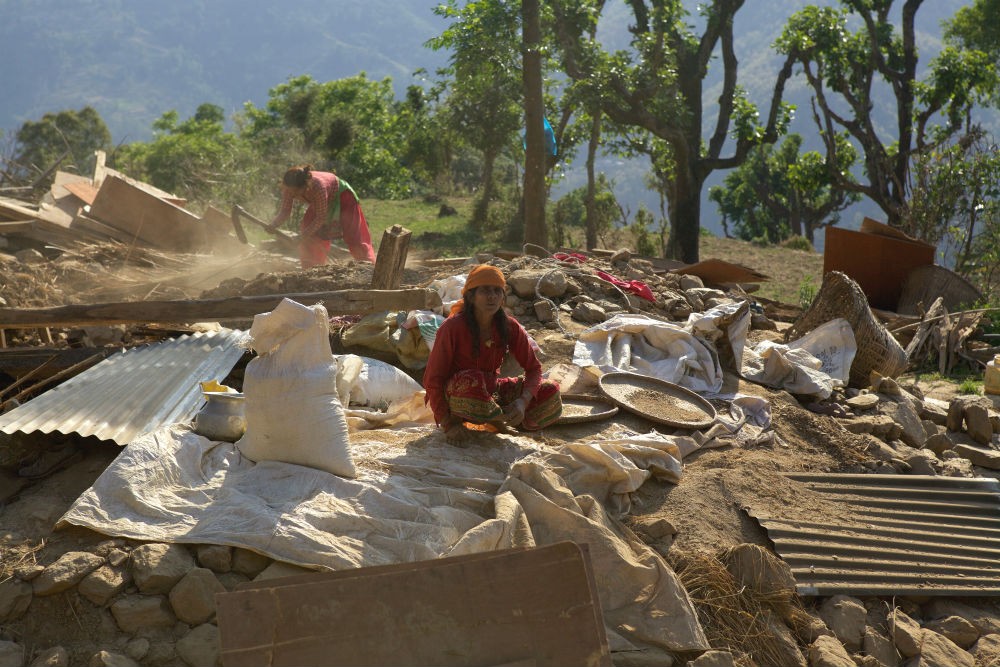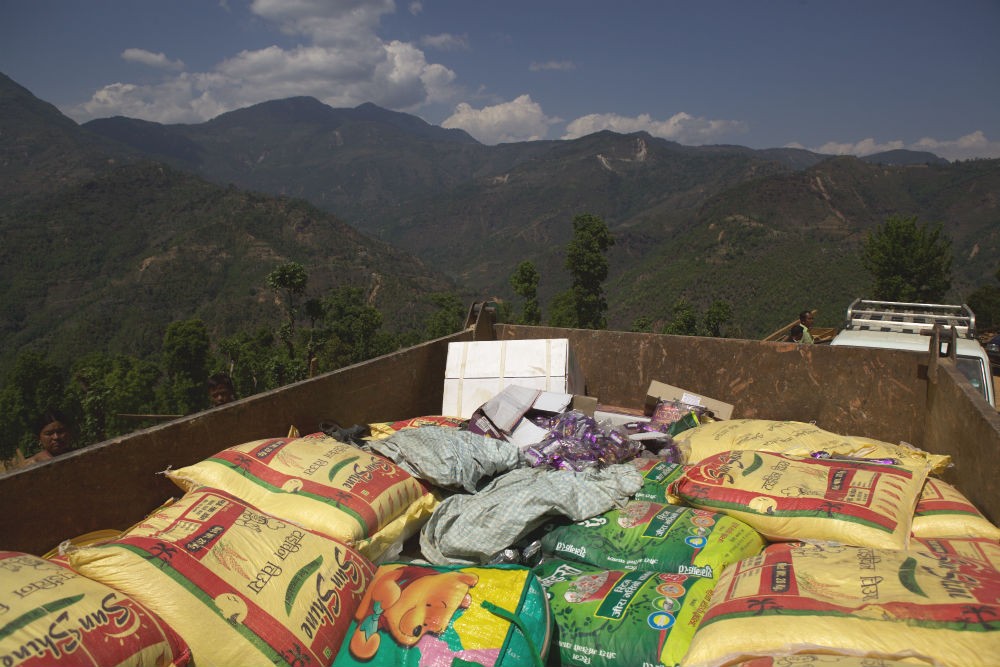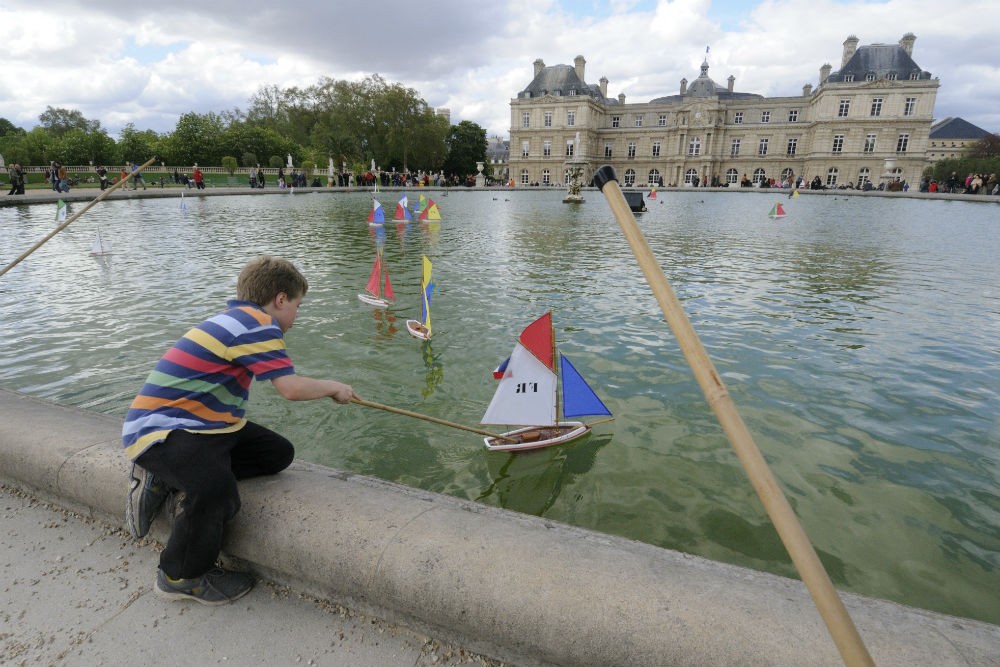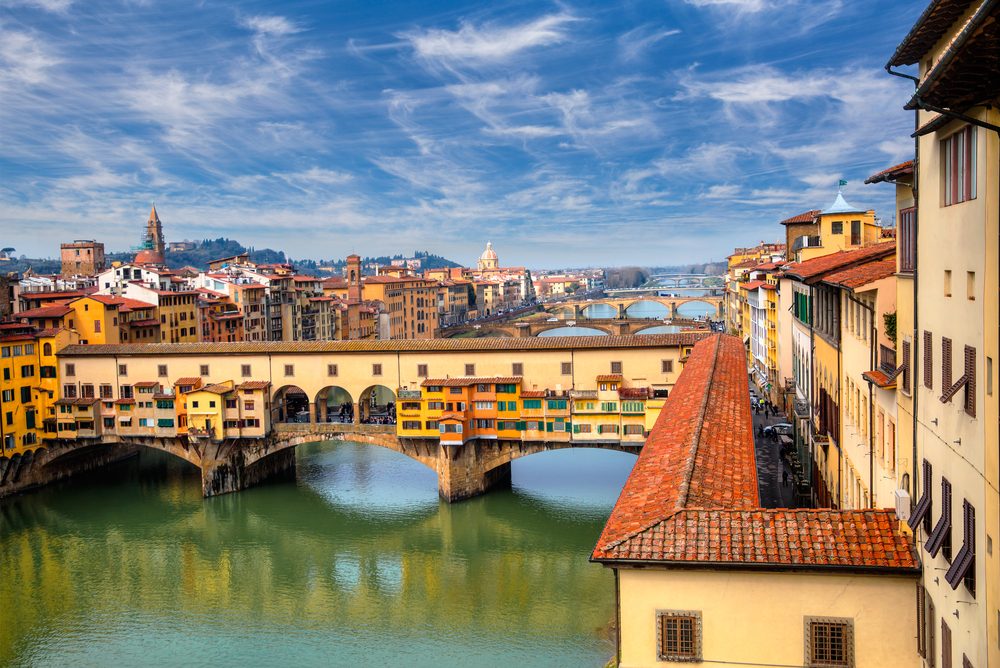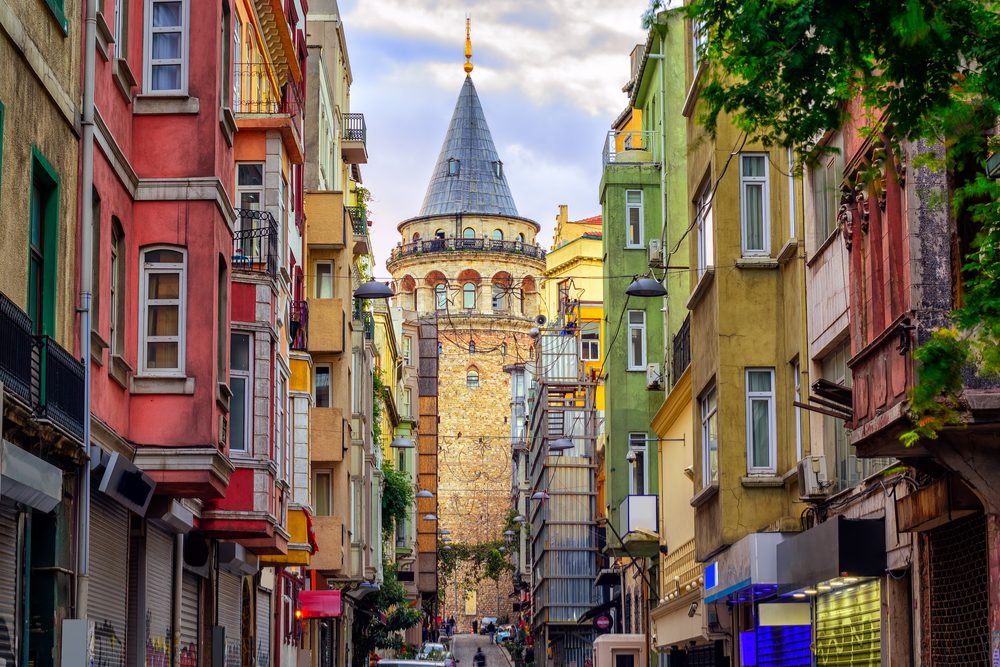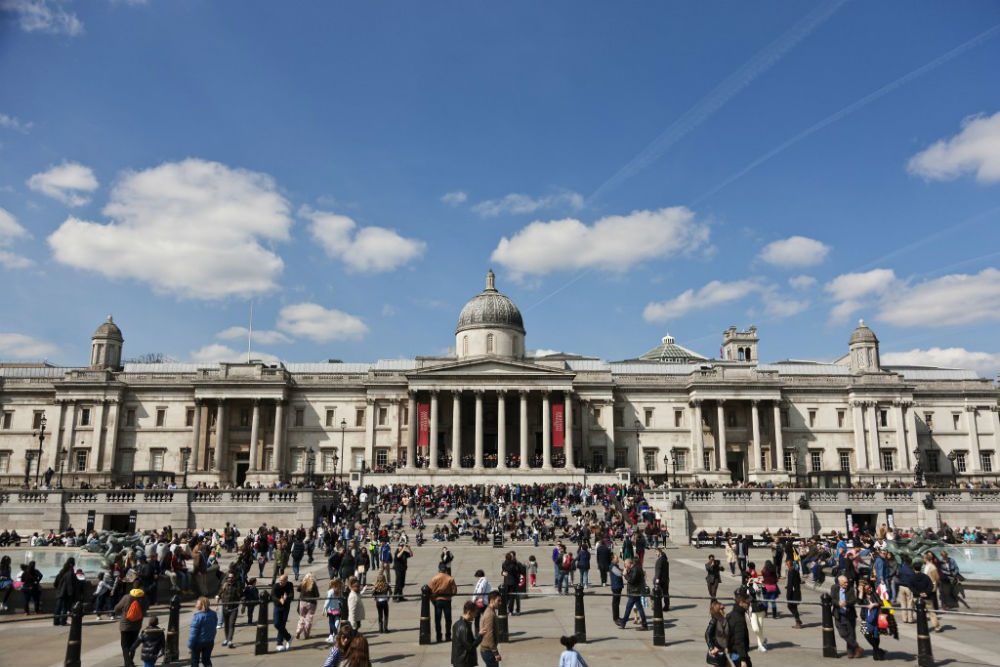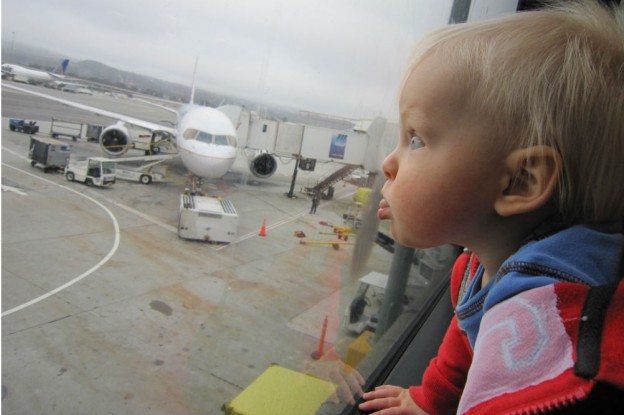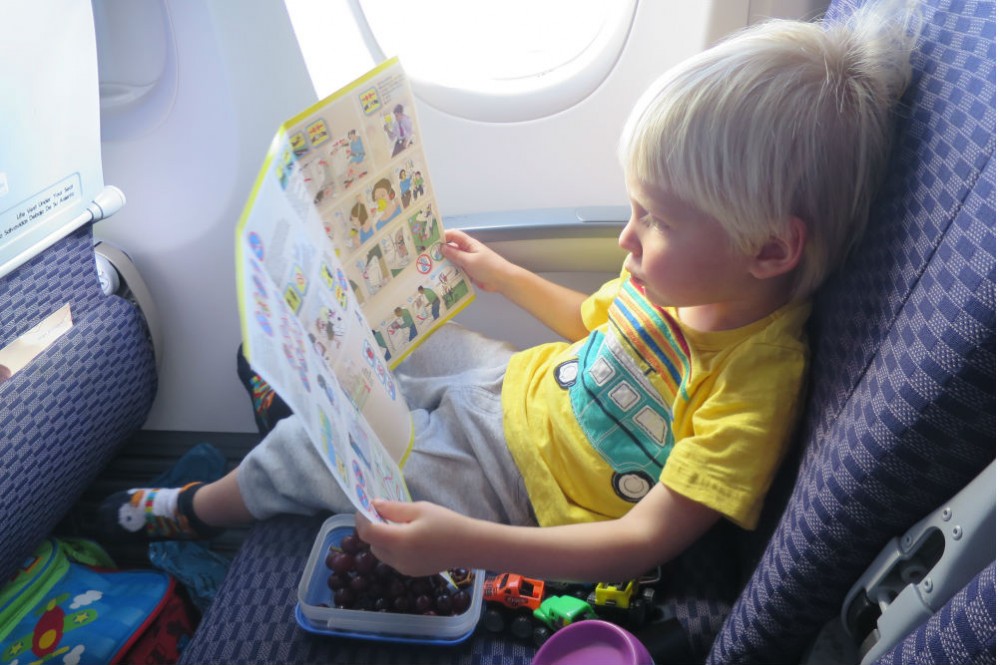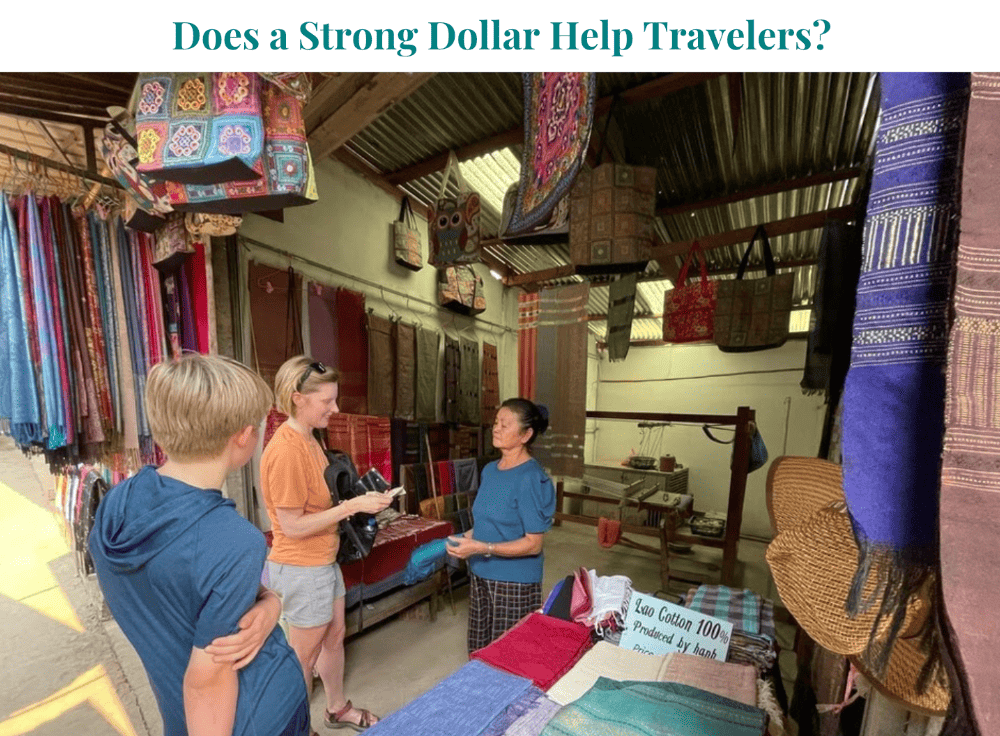An airport layover doesn’t have to mean that you’re stuck in the airport. In this series, local experts in the world’s most popular hub cities recommend sightseeing itineraries for every time frame.
Since U.S. citizens don’t need a visa to enter Japan (unless you’re staying longer than 90 days), it’s not hard to do a bit of sightseeing during even a short layover. We talked to the Tokyo team at Context Travel (an in-depth walking tour company on Wendy’s WOW List), to find out where to go, how to get there, and what to do—even if you don’t have enough time to leave the airport.
The Basics
How to get out of the airport: The Narita Express (N’EX) runs from Narita Airport to Tokyo station in an hour, with some trains also running to Shinjuku, which takes about 85 minutes. Trains run from Narita terminals 1 and 2 every 30 minutes from 7:30am to 9:44pm; trains run from Tokyo station back to Narita every 30 minutes from 6:18am to 10:03pm. Tickets from Narita to Tokyo are ¥1,500 (about $13) for foreign passport holders; the return trip is the normal price of ¥3,020 (about $25). If you will be traveling extensively by train through Japan later, it makes sense to buy a JR (Japan Rail) pass; they’re available for seven, 14, or 21 days starting from ¥29,110 (about $250), and can be used to ride the N’EX.
The Kesei Skyliner runs from Narita Airport to Ueno station in 41 minutes. Trains from both airport terminals to Ueno station every 40–60 minutes from 8:17am to 10:30pm. Trains run from Ueno back to the airport every 20 minutes from 5:58am to 5:45pm. Tickets are ¥2,470 each way. Several trains on the Kesei line stop in Narita; the ride is around 10 minutes and costs less than ¥300. Get yen before you leave the airport or at 7-11 at JR Narita station. In Narita, you can utilize the Narita City Round Bus to get around (it also stops at the airport).
The train stations in Tokyo are very large; when heading back to the airport, leave yourself plenty of time to get to the correct platform.
What to do with your luggage: If you haven’t checked your baggage through to your final destination, stow it at one of the left luggage counters, which are on the first floor in Terminal 1, and the first and third floors in Terminal 2; the cost is ¥520 ($5) for a medium-sized suitcase.
If You Have a 4-Hour Layover
With four hours, you don’t have enough time to see Tokyo, but you can explore the city of Narita a bit. From the Narita train station, stroll down the main street, Omotesando, where you can pick up fruit, rice crackers, and other local snacks, as well as souvenirs like chopsticks and cookware. If you continue down Omotesando, you’ll come to Naritasan Shinshoji, a large Buddhist temple that sits at the top of a hill. The surrounding Naritasan Park is lovely, particularly when the trees are a fiery red-orange or when the cherry blossoms are out. Dotted with ponds, statues, and fountains, it’s a welcoming, shady place to stretch your legs. (If you happen to be there at 3pm, you can watch the Goma ceremony, during which priests take votive sticks left by visitors and burn them as an offering.) There are plenty of places to eat along the main road and the side streets. One of the most common traditional dishes is unagi, broiled eel in a sweet sauce, served over rice. Takoyaki (fried octopus balls) are another popular snack, especially during cherry blossom season, when they’re eaten at picnics under the trees. Most restaurants only have Japanese menus, but also colorful plastic models of each of their set lunches, so you can just point to what you want.
If You Have an 8-Hour Layover
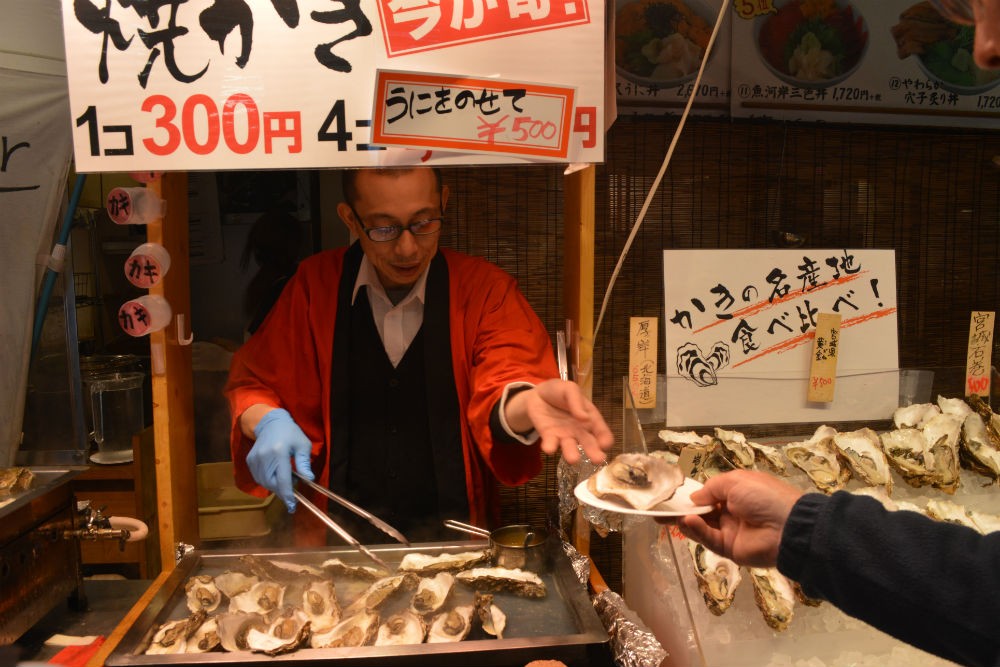
Tsukiji market, Tokyo. Photo: Context Travel
If you have eight hours, you can go into Tokyo, but be sure to allow yourself an hour’s travel time on each end.
Start off with a walk around Tsukiji outer market, a maze-like warren of food and cookware shops. (To get to the market from the airport, take the Skyliner to Keisei-Ueno station, walk the short distance to Ueno station, and take the Hibiya Line, toward Naka-Megura, to Tsukiji station.) Browse the stalls, grazing on tamagoyaki (sweet rolled omelet), assorted pickled vegetables, rice crackers, and other small bites. Grab a plate of super-fresh sashimi, and then move on to a bubbling bowl of ramen—or, if it’s summer, cool soba. For dessert, cleanse your palate with matcha (green tea) soft serve or taiyaki, a fish-shaped cake filled with red bean paste (or sometimes chocolate or vanilla). From Tsukiji train station, take the Hibiya line toward Nakameguro; at Chiyoda, transfer to the Chiyoda line to Yoyogi-Uehara and get off at Meiji-jingumae station. The 20-minute trip will bring you to Harajuku. Ogle the bright, out-there fashions on pedestrian-only Takeshita-dori, then find serenity in lush Yoyogi Park. To get back to the airport, take the Chiyoda line from Meiji-jingumae station to Tokyo station and hop on the Narita Express.
Alternatively, if you are interested in getting a peek into Tokyo subcultures, then a walk through the Akihabara neighborhood is a must. Otaku—enthusiasts of anime (cartoons) and manga (comics)—are the main theme of this tour. (To get here from the airport, hop on the Skyliner to Nippori station, change to the Keihintohoku line toward Isogo, and get off at Akihabara station.) Try your luck in one of the neighborhood’s arcades, wander through the busy streets, and even enter a maid café and see costume play (shorthanded to “cosplay”) in action. From Akihabara station, take the Yamanote line to Ueno station, which will bring you to Ueno Park, home to the beautiful Shinobazu Pond and a number of interesting shrines and museums. To reach the airport, exit the park from the south and jump on the Skyliner from Keisei-Ueno station.
If you don’t want to go it alone, Context Travel offers three-hour scholar-led walking tours in Tokyo and can organize custom walks based on your layover timing.
If You Don’t Have Time to Leave the Airport
There are a slew of nearby hotels that offer reasonable day rates. Nearly all have breakfast included, and several have pools, including the Hotel Nikko. Within the airport itself are fantastic facilities for passing the time: You can visit the dentist, get a haircut, go for a manicure or a massage, breathe deeply at the oxygen bar, take the kids to one of the playrooms, or book some time in a dayroom or shower. The shopping and dining options are excellent; if this is your only stop in Japan, you’d be remiss not to sample some ramen, sushi, and soba.
More Layover Solutions:
Amsterdam Airport Layovers: How to Make the Most of Them
Beijing Airport Layovers: How to Make the Most of Them
Barcelona Airport Layovers: How to Make the Most of Them
Great Paris Hotels for an Airport Layover at Charles de Gaulle
London Heathrow Layover: Great Hotels for a Stopover at LHR
Madrid Airport Layovers: How to Make the Most of Them
Be a smarter traveler: Use Wendy’s WOW List to plan your next trip. You can also follow her on Facebook and Twitter @wendyperrin, and sign up for her weekly newsletter to stay in the know.


